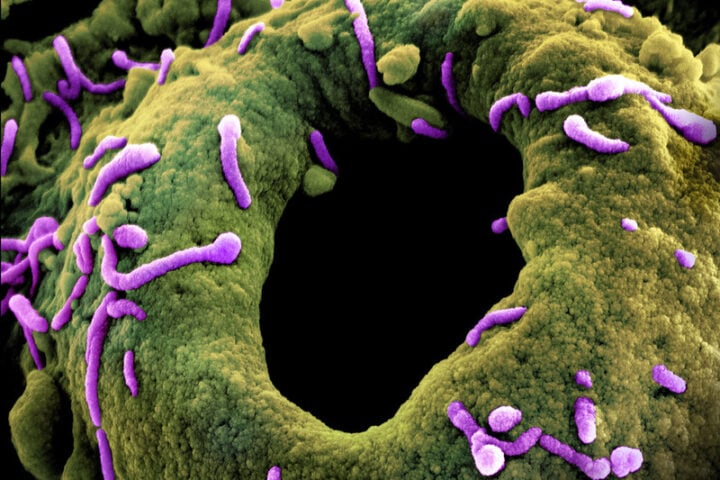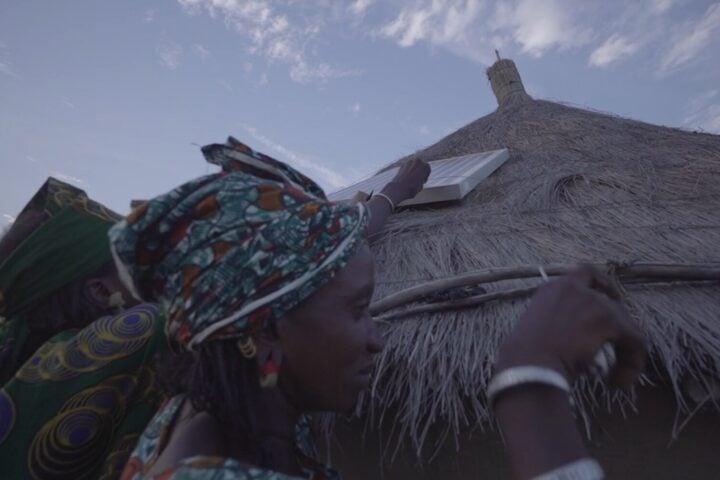As climate change continues to escalate global health issues, few challenges loom as large and as persistently as malaria, especially in Africa. The World Malaria Report 2023 from the World Health Organization (WHO) shines a light on this ever-urgent issue, revealing a complex weave of progress and setbacks. Let’s delve into this intricate world, making sense of the jargon and statistics that often cloud the real human impact of this disease.
The Stark Reality: Numbers Don’t Lie
Malaria, a life-threatening disease transmitted through the bites of infected Anopheles mosquitoes, remains a critical concern, particularly in Africa. The 2023 report paints a concerning picture: there were an estimated 249 million malaria cases globally in 2022, a spike from the 233 million cases reported pre-pandemic in 2019. This uptick, exacerbated by the disruptive force of COVID-19, has challenged even the most robust health systems. As Dr. Tedros Adhanom Ghebreyesus, WHO’s Director-General, points out, “The changing climate poses a substantial risk to progress against malaria, particularly in vulnerable regions.”
Vaccines: A Ray of Hope
In the face of these daunting numbers, there’s a glimmer of hope. The phased rollout of RTS,S/AS01, the first WHO-recommended malaria vaccine, in three African countries, has marked a significant stride forward. This vaccine alone led to a 13% reduction in early childhood deaths in areas where it was administered. Adding to this arsenal, WHO recommended a second vaccine, R21/Matrix-M, in October 2023, expected to expand vaccine availability across Africa.
Similar Posts
Climate Change: A Brewing Storm
One cannot overlook the role of climate change in this narrative. It’s not just about warmer temperatures; it’s about the resulting shifts in mosquito breeding patterns and behaviors. As the planet warms, previously malaria-free zones are becoming hotspots for transmission. For instance, Pakistan’s devastating floods in 2022, potentially exacerbated by climate change, led to a surge in malaria cases, a five-fold increase, to be precise.
The Economic and Human Toll
Beyond health implications, malaria carries a significant economic burden. The disease hampers productivity and strains healthcare systems. It’s not just numbers we’re talking about here; it’s about real people, their lives, and livelihoods. Pregnant women and young children are especially vulnerable.
“It is crucial to recognize the multitude of threats that impede our response efforts. Climate variability poses a substantial risk, but we must also contend with challenges such as limited healthcare access, ongoing conflicts and emergencies, the lingering effects of COVID-19 on service delivery, inadequate funding and uneven implementation of our core malaria interventions.”
-Dr Matshidiso Moeti, WHO Regional Director for Africa
Closing the Funding Gap
The financial aspect is a critical part of this equation. The report highlights a growing funding gap, from USD 2.3 billion in 2018 to USD 3.7 billion in 2022. With only USD 4.1 billion spent in 2022, we’re falling short of the USD 7.8 billion needed to reduce case incidence and mortality rates by 90% by 2030.
Data-Driven Strategies: The Way Forward
The effective use of data is key to tackling malaria. Despite improvements in surveillance, there’s a need for more comprehensive country-level data analysis. This is about tailoring interventions to specific local needs, an approach that requires solid data as its foundation.
The Road Ahead
The fight against malaria is multifaceted and continuous. It demands not just commitment but innovation and a willingness to adapt to changing circumstances, like those posed by climate change. As Dr Moeti mentioned, “To forge ahead toward a malaria-free future, we need a concerted effort to tackle these diverse threats that fosters innovation, resource mobilization and collaborative strategies,” we should be marching towards the WHO’s 2030 goals, the message is clear: there’s no room for complacency in this battle against one of humanity’s oldest foes.

















